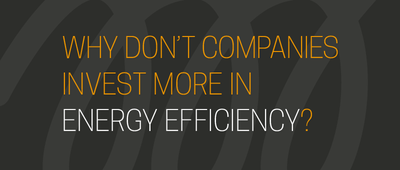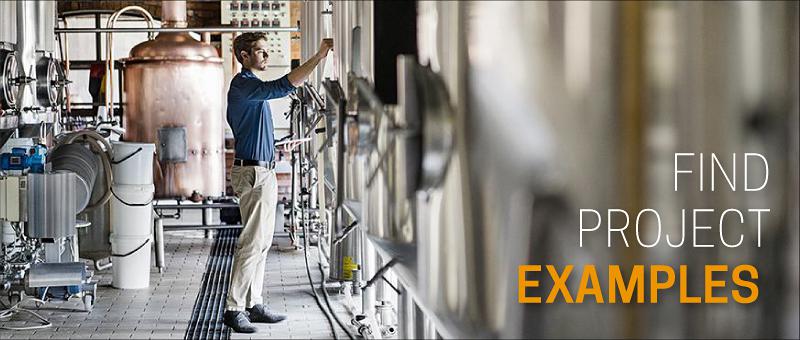Why the hydrogen bubble could burst in Europe’s face
(Climate Home News, 15 Dec 2020) Until recently, the idea hydrogen would play a significant role in the European energy transition was limited to a few sci-fi enthusiasts who dreamed of hydrogen planes, trains, and automobiles. The development of a European hydrogen industry was not a serious topic of discussion among energy watchers. But in the last 12 months, hydrogen has moved from minor sideshow to the buzzword of Europe’s energy debate.
At the start of 2020, hydrogen did not receive a single mention in the European Commission’s Work Programme. Yet by July, the Commission had published a European Hydrogen Strategy and launched a high-profile Clean Hydrogen Alliance in an event that included three European energy ministers and CEOs of several multinational companies. This week, EU energy investment regulations are being adjusted to prioritise a ‘hydrogen backbone’. EU energy ministers have just endorsed a hydrogen declaration, promising billions in investment. The speed of this sudden hype, and the breathlessness of the promises, should make us pause for thought.
The idea of using hydrogen in the energy system is not new. As far back as the 1700s, scientists debated using hydrogen split by electricity from water to store energy, acting as a battery. Today, Europe does have a hydrogen industry, mostly to produce chemical fertilisers. But 99.9% of Europe’s hydrogen is produced from fossil fuels, made by splitting methane gas into carbon and hydrogen.
This helps explain why, despite its clean and futuristic image, the big oil and gas players have a big stake in the hydrogen game. Hydrogen Europe, the industry lobby organisation, is a veritable who’s who of the fossil fuel industry – including oil and gas majors like Total and Shell, gas grid operators, and oil and gas boiler manufacturers like Bosch.
External link
![]() Climate Home News, 15 Dec 2020: Why the hydrogen bubble could burst in Europe’s face
Climate Home News, 15 Dec 2020: Why the hydrogen bubble could burst in Europe’s face







